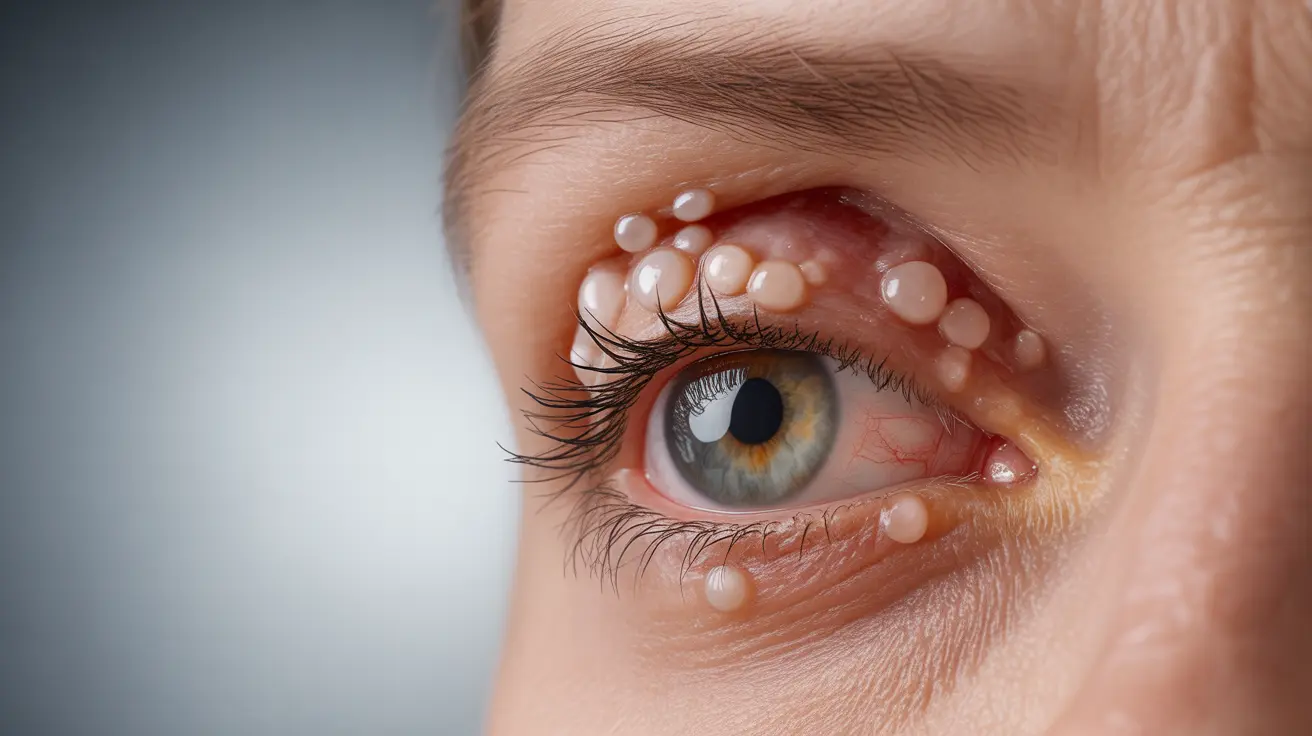When shingles develops near the eye area, early recognition and prompt medical attention are crucial for preventing serious complications. This condition, caused by the reactivation of the varicella-zoster virus, can be particularly concerning when it affects the delicate eye region. Understanding the early warning signs and knowing when to seek help can make a significant difference in treatment outcomes.
Early identification of shingles symptoms around the eye is essential because this location poses unique risks to vision and overall eye health. Let's explore the key signs to watch for and the steps you should take if you suspect you have shingles near your eye.
Recognizing Early Symptoms
The initial signs of shingles near the eye often begin with unusual sensations in the affected area:
- Burning or tingling sensation around the eye or forehead
- Increased sensitivity to touch
- Mild to moderate pain before any visible rash appears
- Headache on the affected side
- Feeling of pressure around the eye
As the condition progresses, you may notice:
- Small, fluid-filled blisters around the eye area
- Redness and swelling of the eyelid
- Increased tear production
- Light sensitivity
- Eye pain or irritation
When to Seek Immediate Medical Care
Shingles near the eye requires urgent medical attention. Contact your healthcare provider immediately if you experience:
- Any vision changes or blurriness
- Severe eye pain
- Facial weakness or drooping
- Rash or blisters on the tip of your nose
- Difficulty closing your eye completely
Treatment Options and Management
Medical Interventions
Professional treatment typically includes:
- Antiviral medications (started within 72 hours of symptom onset)
- Prescription eye drops to reduce inflammation
- Pain management medications
- Regular monitoring of eye health
- Potential referral to an eye specialist (ophthalmologist)
Supportive Care
Additional measures to support healing include:
- Keeping the affected area clean and dry
- Using cool compresses to reduce discomfort
- Protecting the eye from bright light
- Avoiding touching or scratching the affected area
- Getting adequate rest to support immune function
Prevention and Risk Factors
While you can't always prevent shingles, certain factors increase your risk:
- Age (50 years and older)
- Weakened immune system
- Previous chickenpox infection
- High levels of stress
- Certain medications that affect immunity
The shingles vaccine (Shingrix) is recommended for adults 50 and older to help prevent the condition and its complications.
Frequently Asked Questions
- What are the early shingles symptoms near the eye, and how can I recognize them?
Early symptoms include tingling, burning, or numbness around the eye area, followed by redness and a band-like rash with fluid-filled blisters. You may also experience eye pain, increased tear production, and sensitivity to light before the rash appears.
- When is it important to seek medical help for shingles near the eye, and what treatments work best?
Seek immediate medical attention if you suspect shingles near your eye, as early treatment is crucial. The most effective treatments include antiviral medications started within 72 hours of symptom onset, along with prescription eye drops and pain management medications.
- Can shingles in the eye cause vision loss, and what are the possible long-term complications?
Yes, shingles near the eye can potentially cause vision loss if left untreated. Long-term complications may include scarring, chronic pain (postherpetic neuralgia), decreased vision, and permanent eye damage. Early treatment significantly reduces these risks.
- Who is most at risk of getting shingles around the eye, and are there ways to prevent it?
Adults over 50, people with weakened immune systems, and those who have had chickenpox are at highest risk. The most effective prevention is the shingles vaccine (Shingrix), recommended for adults 50 and older.
- What can I do at home to relieve shingles pain and swelling near the eye, and when should I call the doctor?
At home, use cool compresses, keep the area clean, and avoid touching the affected region. Call your doctor immediately if you experience any vision changes, severe pain, or facial weakness, or if you notice blisters on your nose tip.




